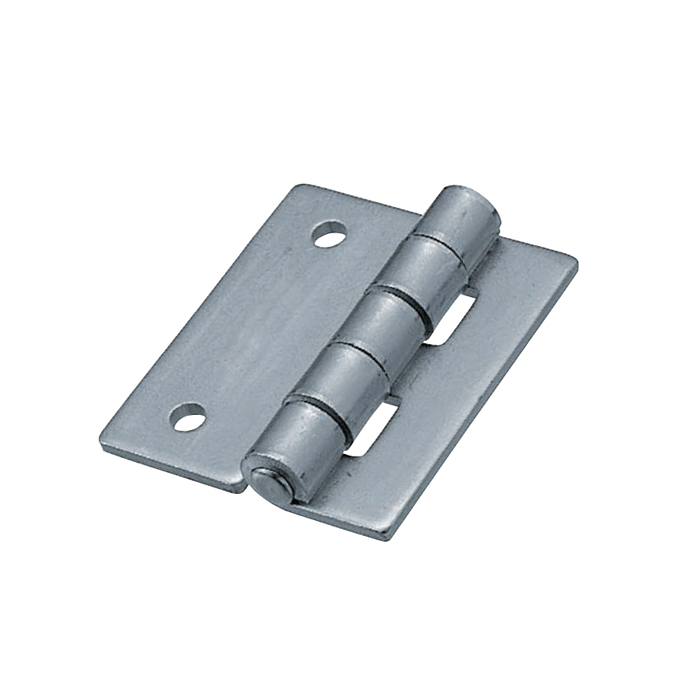Industrial hinges play a crucial role in various applications across different industries. These essential components provide stability, security, and ease of movement for doors, gates, machinery, and control cabinets. In this blog post, we will explore the different types of industrial hinges, their significance, and their diverse applications. By understanding the features and functions of each hinge type, businesses can make informed decisions when it comes to selecting the right hinges for their specific industrial needs.
Basic Types of Industrial Hinges
A. Butt Hinges: Features and Applications
Butt hinges are one of the most common types of hinges used in industrial settings. They consist of two leaves, typically made of durable materials such as steel or stainless steel, connected by a pin. The leaves are designed to fit flush against the surfaces they are attached to, allowing doors or panels to open and close smoothly. Butt hinges are known for their strength, stability, and durability, making them suitable for heavy-duty applications such as machinery, equipment enclosures, and industrial doors.
B. Continuous/Piano Hinges: Characteristics and Uses
Continuous hinges, also known as piano hinges, are long and narrow hinges that run the entire length of a door or panel. They are constructed from a single continuous piece of metal, providing strength and even weight distribution along the entire length. Continuous hinges are commonly used in industrial applications where durability and seamless operation are essential, such as large cabinet doors, equipment covers, and access panels. Their design allows for smooth and consistent movement, minimizing stress on the hinge and the attached components.
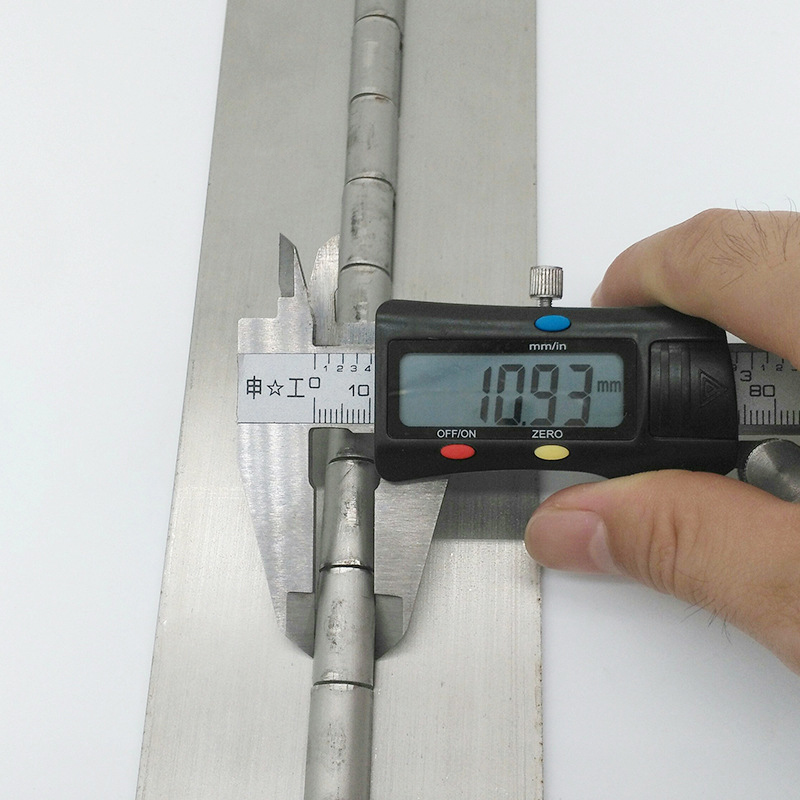
C. Strap Hinges: Functionality and Industrial Applications
Strap hinges are characterized by their long and decorative straps, which are attached to the surface of the door or gate and the adjacent frame or post. These hinges are popular in industrial settings due to their robustness and aesthetic appeal. Strap hinges can support heavy loads and provide a wide range of motion, making them ideal for industrial gates, barn doors, and outdoor enclosures. With their rugged construction and diverse designs, strap hinges offer both functionality and visual appeal in industrial applications.
Specialized Hinges for Industrial Environments
A. Weld-On Hinges: Strength and Durability in Heavy-Duty Settings
Weld-on hinges are specifically designed for heavy-duty applications that require exceptional strength and durability. These hinges are permanently welded onto the door or frame, ensuring a secure and rigid connection. Weld-on hinges can withstand significant loads, making them suitable for industrial machinery, heavy equipment, and gates. Their robust construction and welded installation provide superior stability, preventing hinge failure or loosening even in demanding environments.
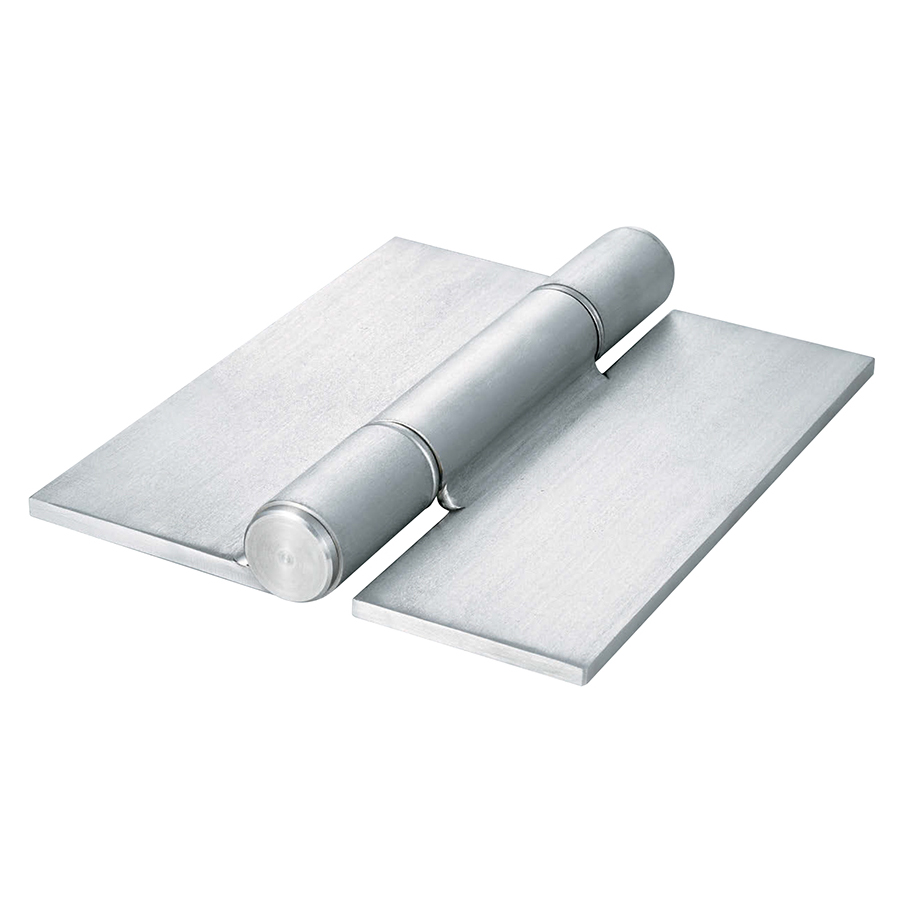
B. Lift-Off Hinges: Easy Removal for Maintenance and Access
Lift-off hinges are designed to allow quick and easy removal of doors or panels without the need for tools or disassembling the hinge itself. They consist of two interlocking leaves with a hinge pin that can be easily lifted out. Lift-off hinges are widely used in industrial settings where frequent access, maintenance, or equipment replacement is required. By providing hassle-free door removal, these hinges streamline operations, reduce downtime, and simplify maintenance tasks in industrial environments.
C. Concealed Hinges: Streamlined Design and Security in Industrial Applications
Concealed hinges, also known as invisible hinges, are hidden from view when the door or panel is closed. These hinges are designed to be recessed or mortised into the surfaces they connect, creating a seamless and streamlined appearance. Concealed hinges are commonly used in industrial control cabinets, machinery enclosures, and high-security applications. Their hidden design enhances aesthetics while providing reliable functionality and increased security, making them a popular choice in industrial environments.
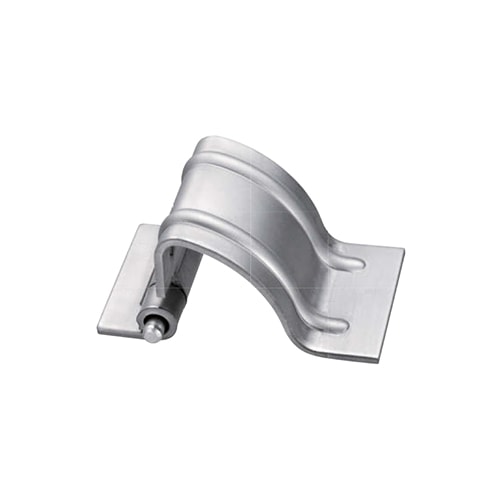
Hinges for Specific Industrial Machinery
A. Gate Hinges: Supporting Heavy Gates and Fences
Gate hinges are specially designed to support the weight of heavy gates and ensure smooth operation. These hinges are engineered to withstand substantial loads and endure frequent opening and closing cycles. Industrial gate hinges come in various forms, including strap hinges, heavy-duty weld-on hinges, and adjustable hinges. They are essential for securing industrial properties, providing stability to perimeter fences, and facilitating efficient access control in industrial facilities.
B. Conveyor Hinges: Enhancing Efficiency in Material Handling Systems
Conveyor hinges are specifically designed for material handling systems and conveyor belts. These hinges allow the sections of the conveyor to pivot, facilitating the smooth movement of materials along the assembly line or production process. Conveyor hinges are typically made from durable materials, such as steel or thermoplastics, to withstand the rigors of industrial environments. Their design ensures the efficient transfer of goods, optimizing productivity, and minimizing downtime in industrial operations.
C. Enclosure Hinges: Securing Industrial Control Cabinets and Panels
Enclosure hinges are crucial components for securing industrial control cabinets, electrical panels, and equipment enclosures. These hinges provide easy access to the interior while ensuring the doors remain securely closed during operation. Enclosure hinges are designed to withstand heavy loads, constant use, and environmental factors such as vibration and temperature fluctuations. Their robust construction and secure locking mechanisms help safeguard sensitive electrical components and ensure reliable performance in industrial control applications.
High-Temperature and Corrosion-Resistant Hinges
A. Heat-Resistant Hinges: Applications in Ovens, Furnaces, and Industrial Heating Systems
Heat-resistant hinges are specifically engineered to withstand high temperatures commonly found in industrial ovens, furnaces, and heating systems. These hinges are made from specialized heat-resistant materials such as stainless steel alloys, nickel-based alloys, or ceramic compounds. Heat-resistant hinges ensure reliable operation and longevity in extreme temperature environments, maintaining the integrity and functionality of doors, access panels, and equipment compartments.
B. Stainless Steel Hinges: Protection Against Corrosion in Harsh Environments
Stainless steel hinges are highly resistant to corrosion, making them ideal for industrial applications where exposure to moisture, chemicals, or harsh weather conditions is a concern. These hinges offer excellent durability, strength, and resistance to rust and staining. They are widely used in industrial settings such as marine environments, chemical plants, and outdoor installations. The hinges provide long-lasting performance, reducing maintenance requirements and ensuring reliable operation in challenging industrial conditions.
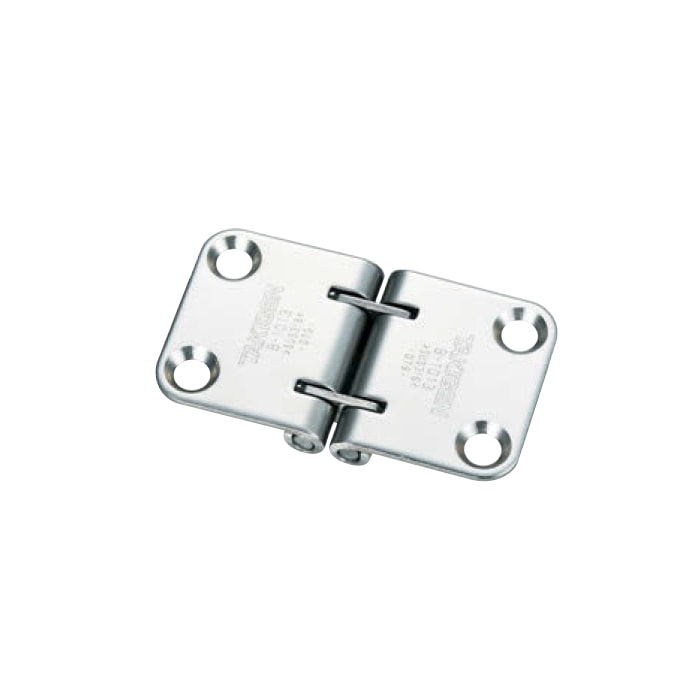
Choosing the Right Industrial Hinge
A. Factors to Consider: Load Capacity, Material, and Environmental Conditions
When selecting industrial hinges, several factors need to be considered. Load capacity is a critical consideration to ensure that the hinges can support the weight and stress of the application. Material selection is equally important, as it determines the hinge’s durability, resistance to corrosion, and suitability for specific environments. Environmental conditions, such as temperature, moisture, and chemical exposure, should also be taken into account to ensure the hinges can withstand these challenges. By evaluating these factors, businesses can choose hinges that meet the specific requirements of their industrial applications.
B. Selecting the Appropriate Hinge Type for Specific Industrial Applications
Each industrial application has unique requirements, and choosing the appropriate hinge type is essential for optimal performance and longevity. By understanding the specific needs of the application, such as load-bearing capabilities, range of motion, and aesthetic considerations, businesses can make informed decisions. Whether it is a heavy-duty gate, a control cabinet, or a machinery enclosure, selecting the right hinge type ensures proper functionality, security, and operational efficiency in industrial operations.
Installation and Maintenance of Industrial Hinges
A. Proper Installation Techniques for Ensuring Hinge Functionality
Proper installation of industrial hinges is crucial for ensuring their functionality and longevity. Attention should be given to aligning the hinge leaves accurately, using the appropriate fasteners,
and ensuring secure attachment to the surfaces. Following the manufacturer’s guidelines and using professional installation techniques will help avoid misalignment, excessive stress, and premature hinge failure. By implementing best practices during installation, businesses can maximize the performance and reliability of industrial hinges.
B. Maintenance Tips for Prolonging Hinge Lifespan and Performance
Regular maintenance is essential to prolong the lifespan and optimize the performance of industrial hinges. It is recommended to periodically inspect hinges for signs of wear, misalignment, or damage. Lubrication with suitable greases or oils should be performed to ensure smooth operation and minimize friction. Additionally, addressing any issues promptly, such as loose fasteners or worn components, helps prevent further damage and ensures the continued functionality of the hinges. By incorporating proper maintenance practices, businesses can extend the lifespan and reduce the risk of hinge-related problems in their industrial operations.
Conclusion
In my experience, industrial hinges are vital components that provide stability, security, and ease of movement in various industrial applications. Understanding the different types of hinges and their applications is essential for businesses to select the right hinges for their specific industrial needs. Whether it is the basic types like butt hinges, continuous hinges, and strap hinges, or specialized hinges such as weld-on hinges, lift-off hinges, and concealed hinges, each type serves a unique purpose in industrial environments. Consideration of factors like load capacity, material selection, and environmental conditions is crucial when choosing the appropriate hinges. By ensuring proper installation and maintenance, businesses can optimize the functionality, reliability, and longevity of industrial hinges, thereby contributing to efficient and secure industrial operations.

